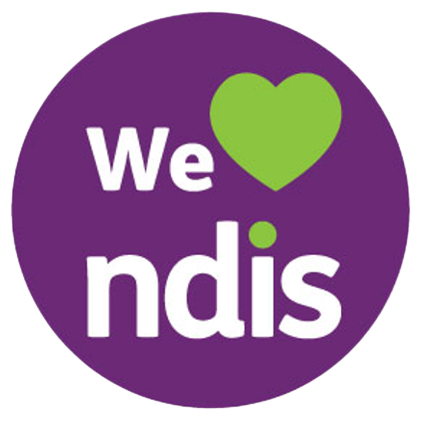What is Dysphagia?
Like breathing, swallowing is a reflex and essential to everyday life. Humans swallow at least 900 times a day: around three times an hour during sleep, once per minute while awake and even more often during meals. We swallow food, liquids, medicine and saliva. People who have trouble swallowing are at risk of poor nutrition and dehydration, while babies and children may not take in enough nutrients to support growth and brain development.
The swallowing system is a tube in which a series of pumps and valves move food and drink from the mouth to the stomach. In the throat, the tube branches in two directions; down one, the food and drinks pass into the oesophagus on their way to the stomach, while the other branches off to the voice box and lungs and is used for breathing.
With each swallow we hold our breath for around one second to make sure the food or drink travels down the correct tube to the stomach rather than the lungs. Swallowing uses 26 muscles and many nerves to coordinate the split-second timing needed to safely swallow and mistimed movements can lead to food or drink ‘going down the wrong way’.
Swallowing skills develop from infancy. Babies drink milk, from their mother’s breast or a bottle, using muscles in their lips, tongue, jaw and cheeks. The infant holds the nipple at the back of their mouth and the milk triggers the swallow reflex. When children start to eat solid food, they learn to move the food from the front of the mouth to the back to trigger the same swallowing reflex. Chewing is also important – food mixes with saliva and is broken into tiny pieces so that it forms a soft slippery ball that is easy to safely swallow.



